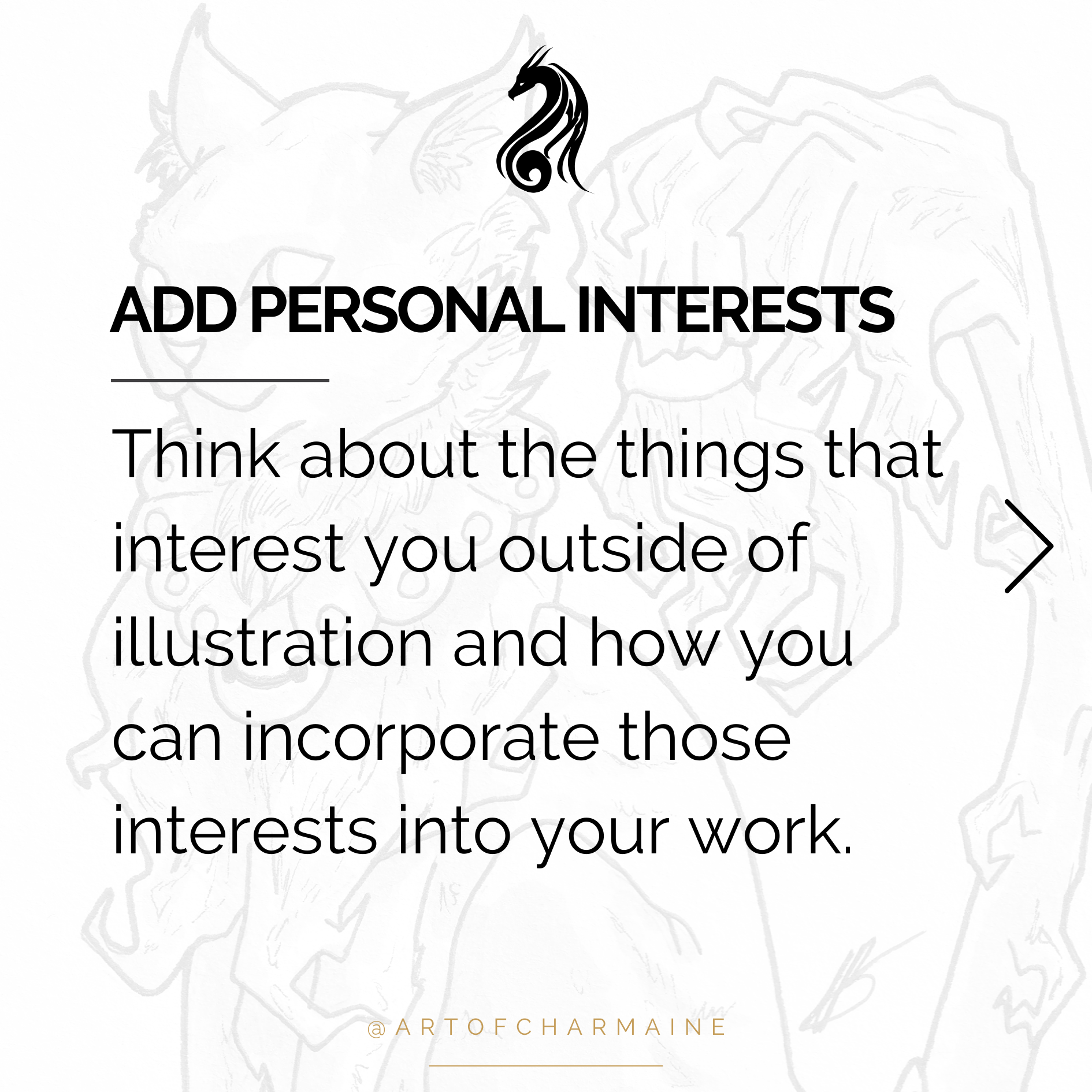Developing a Unique Style as an Illustrator: Tips and Techniques
Developing a unique style is debatably one of the most important aspects of making your work stand out as an illustrator.
Having your own unique style can set you apart from other illustrators and artists, but remember, style at the beginning of your journey is not as much a priority as it may become later.
Here are some tips for how you can develop your own unique style:
Study other illustrators
Look at, not compare, the work of other illustrators you admire and analyze what makes their style unique in your eyes. The way you see art, colour and stories is quite unique to you. There may be similarities, but no one sees the same as someone else and that’s a good thing for creatives.
When looking at the art of others, consider the techniques they use, the colour schemes they employ, and the overall aesthetic they create. What do you like about their style? What drew you to the work?
Recognising the reasonings behind your attraction to an illustration can ultimately help you to understand your own style which may not have been born yet. It can also build your inspiration library for developing your own style as you explore techniques and colours.
Experiment with different mediums
Trying out different mediums can help you discover new techniques and styles. These techniques could be as simple as drawing eyes in a specific way or, using lines in a unique way to produce a piece of work.
Experiment with everything from pencil and ink to digital media and collage. You don’t even need to have a base sketch done to do this but if you do, there are plenty of ready-drawn colouring pages you can use to experiment with.
Don’t be afraid of using and mixing the art supplies differently from other illustrators, you’re looking for a unique style not to re-create someone else’s style. While experimenting with new supplies, you may even discover a new medium that allows you to create a unique stylised look.
Incorporate personal interests
Got an interest in big cats? Dragons? Flowers of a certain genesis? Think about the things that interest you outside of illustration and how you can incorporate those interests into your work.
These interests could be more than just a subject matter too. For example, if you're a fan of vintage design, you might create illustrations with a victorian era look about them.
Another example is fantasy which you might create fantasy dream-like illustrations with a whimsical colour palette.
It’s for your eyes only so why not be bold and experiment?
Be consistent
Once you've found a style you want to develop further, be consistent with it. This means using the same techniques, colour schemes, and overall aesthetic in all of your work.
The more you remain consistent, the more you will establish your style as a recognizable and distinctive style amongst other illustrators.
Continuously refine your style
Your ways of creating will change and that is okay. The more you draw, the more your style will be formed over time so be patient with yourself and keep drawing.
As you gain more experience and develop your skills, continue to refine your style further.
Experiment with new techniques and incorporate feedback from clients and other illustrators. This can help you evolve your style and keep it fresh and exciting.
To Summarise
We’ve covered a lot of ground here that will help you to find your own voice and style in the art world.
Begin by looking at the work of others to find and establish what you find interesting and beautiful.
After recognising your own unique tastes, it’s time to experiment with the different mediums you have available to you and see what fits and feels best for you.
Your interests play a big part in your own uniqueness so it is only natural that your personal interests should be incorporated into your own style.
And finally, being consistent is an important step on your journey to weed out all the techniques and mediums you don’t like best and;
focus on continued refinement of the things you actually like.
You won’t know what truly fits until you try it on, right?
If you found this helpful, don’t forget to share it with someone else who might also find it useful.
Have a lovely day!
Charmaine x






